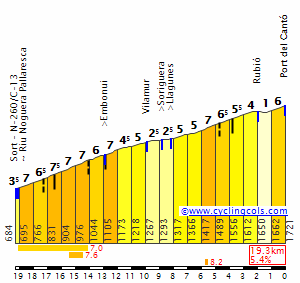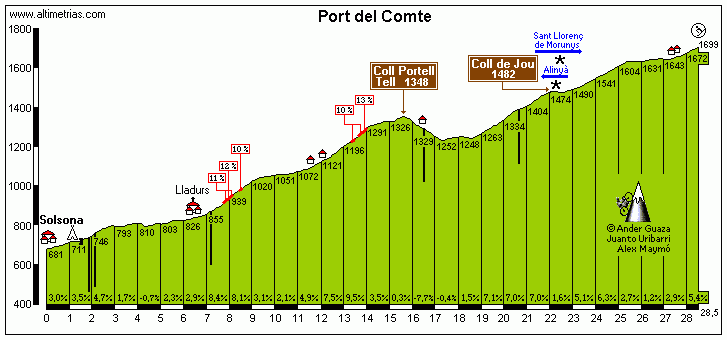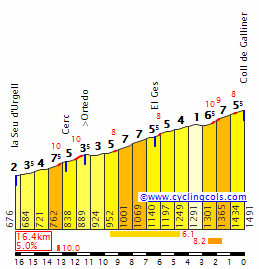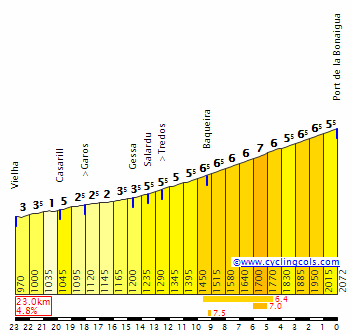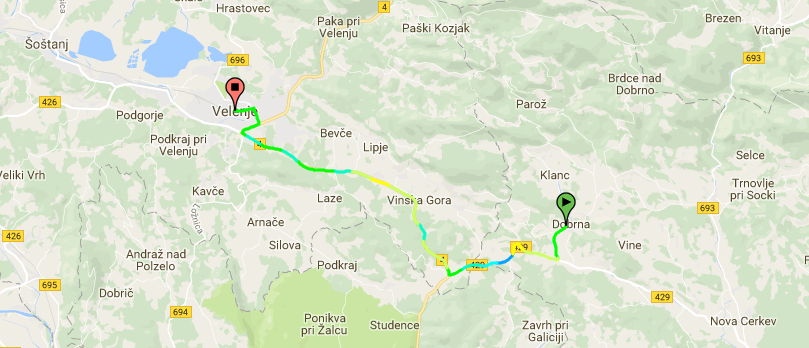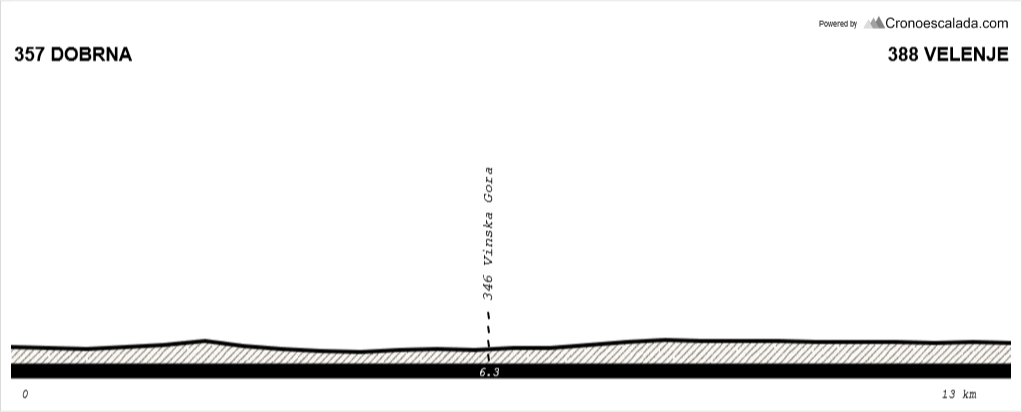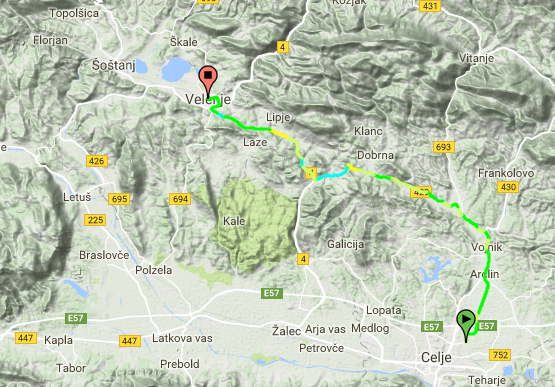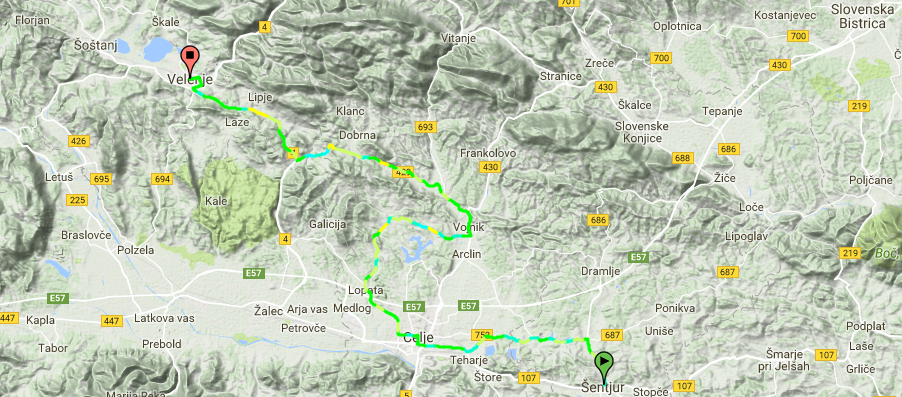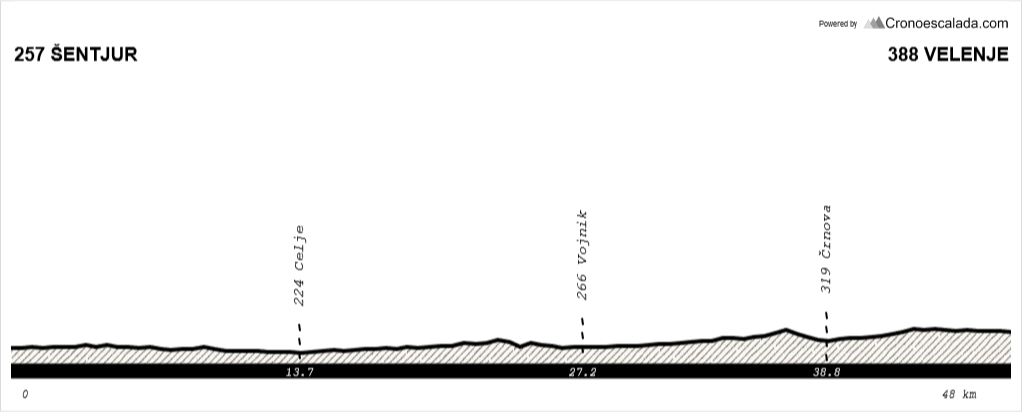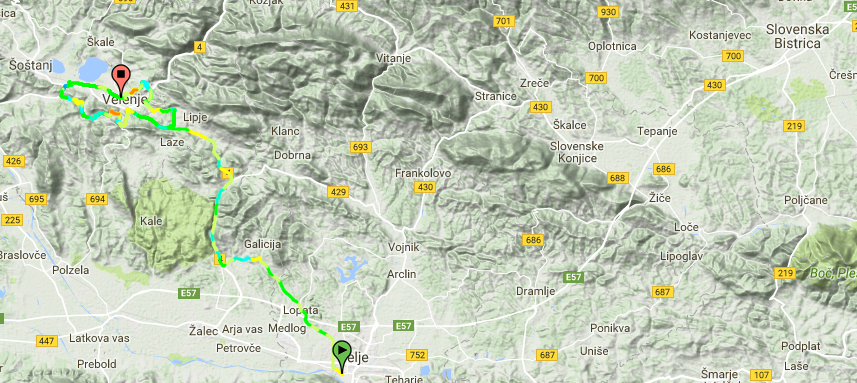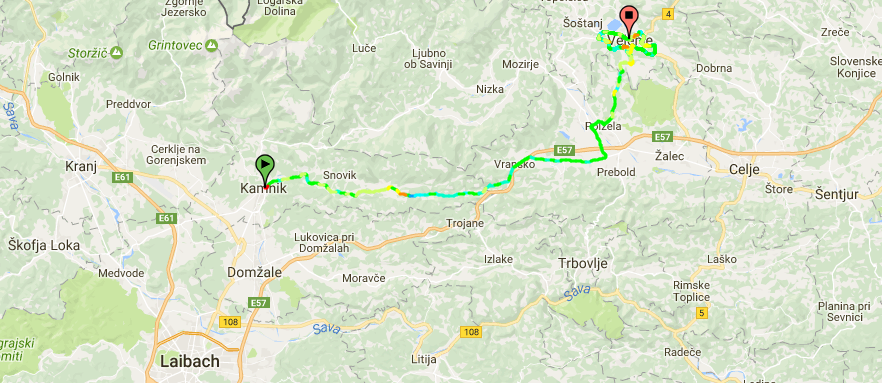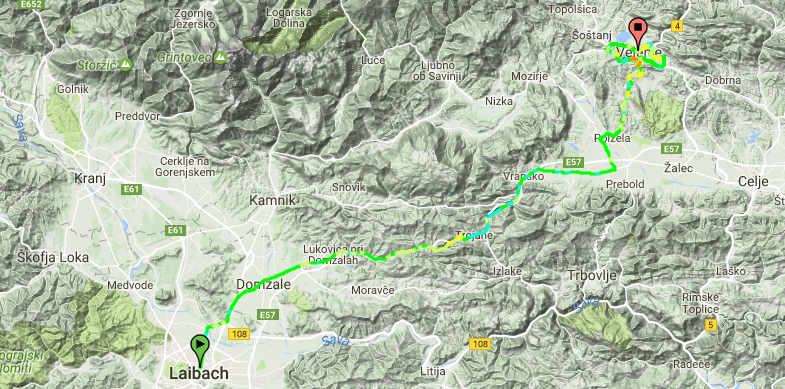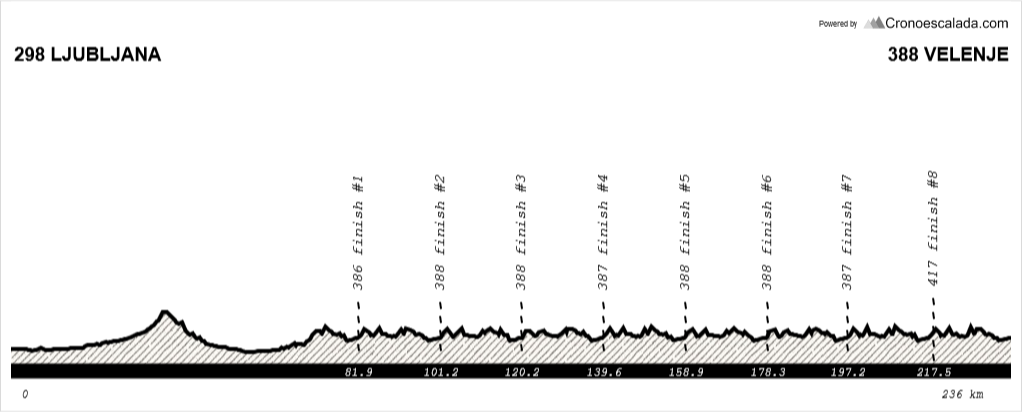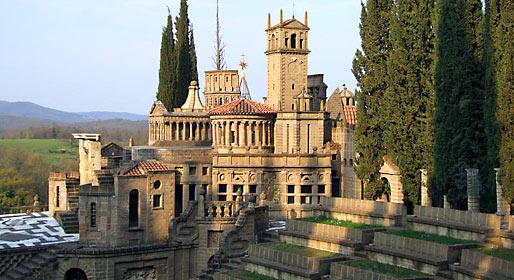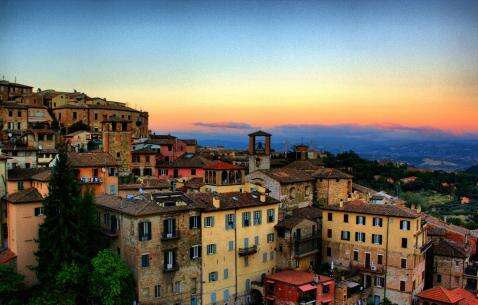- Apr 15, 2016
- 4,229
- 659
- 17,680
Re:
And even the 15 km of ITT on the final day was mostly up and down Torricelle:

And it also had a 30+ KM TTT which I don't like in GTs.
Giro 2010 was so great because the first 3 days winds splitted things, the rain made stage 7 a classic, a huge break in stage 11 went ahead in rainy conditions and gained huge time so that Liqui had to be aggressive at every point till they took the leaders jersey.
I mean they even attacked in stage 12, resulting in some time gain for Basso, Nibali, Vino, Scarponi and Cunego. They also went ballistic at Asolo and Aprica also Zoncolan brought huge time gaps that year since Liqui needed to be offensive.
Though it has to be said that the Giro 2010 had some nicely designed stages (Montalcino, L'Aquila, Asolo, Aprica etc.) it had only what, less than 25 km of ITT? (Not counting Corones since it is a MTT)Valv.Piti said:Whats the best designed GT ever? Giro 2010, Giro 2005...?
And even the 15 km of ITT on the final day was mostly up and down Torricelle:

And it also had a 30+ KM TTT which I don't like in GTs.
Giro 2010 was so great because the first 3 days winds splitted things, the rain made stage 7 a classic, a huge break in stage 11 went ahead in rainy conditions and gained huge time so that Liqui had to be aggressive at every point till they took the leaders jersey.
I mean they even attacked in stage 12, resulting in some time gain for Basso, Nibali, Vino, Scarponi and Cunego. They also went ballistic at Asolo and Aprica also Zoncolan brought huge time gaps that year since Liqui needed to be offensive.








